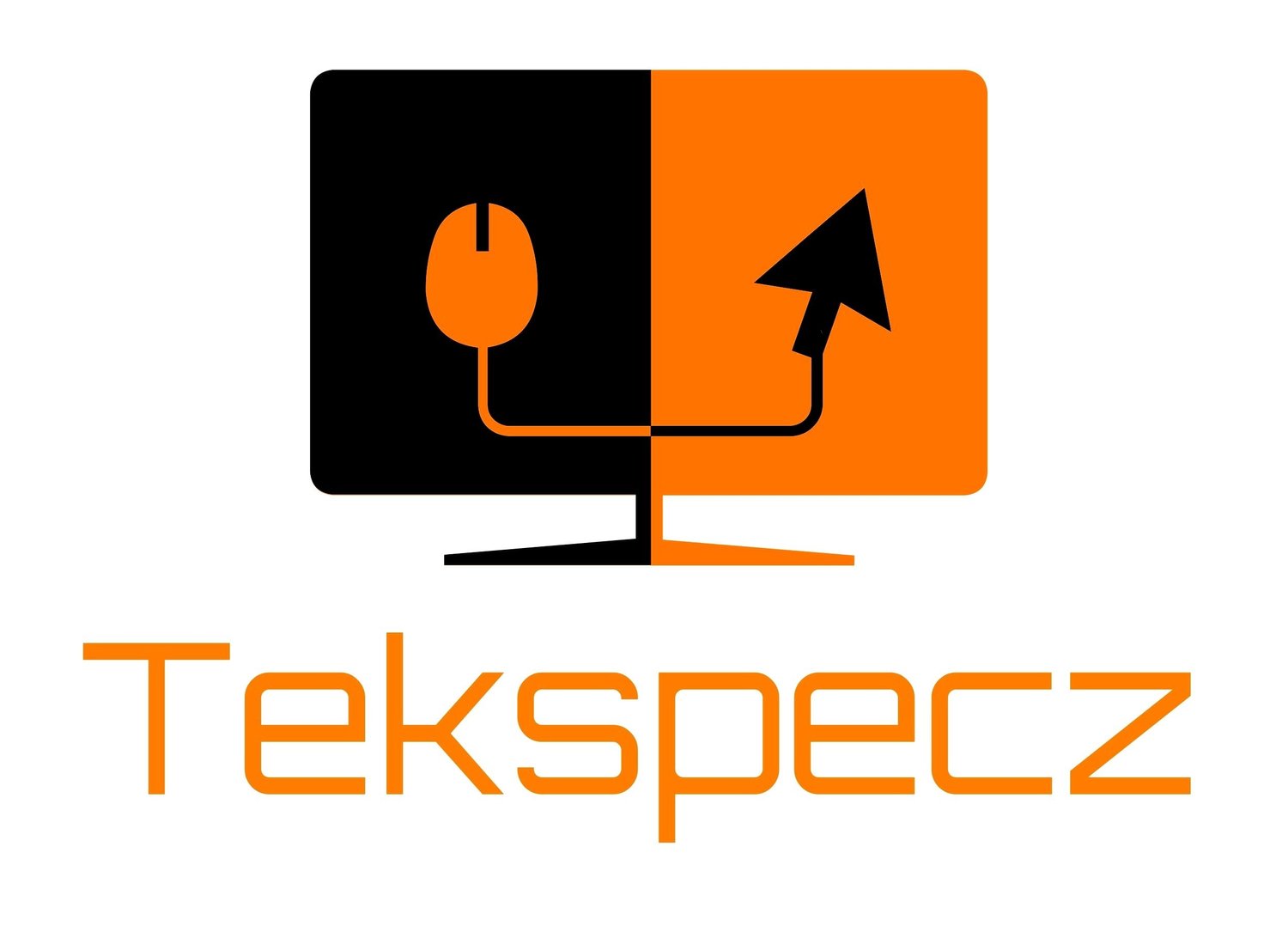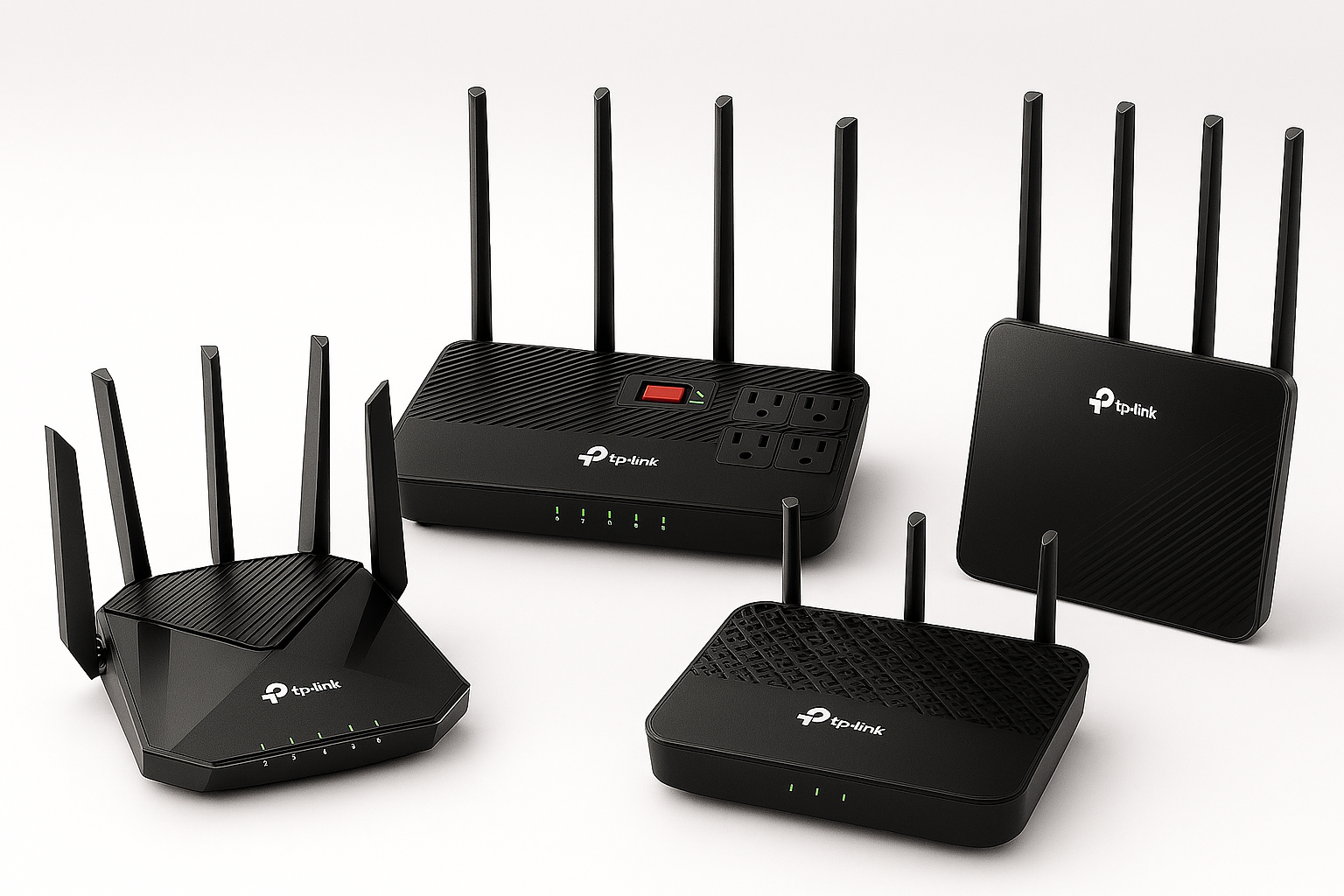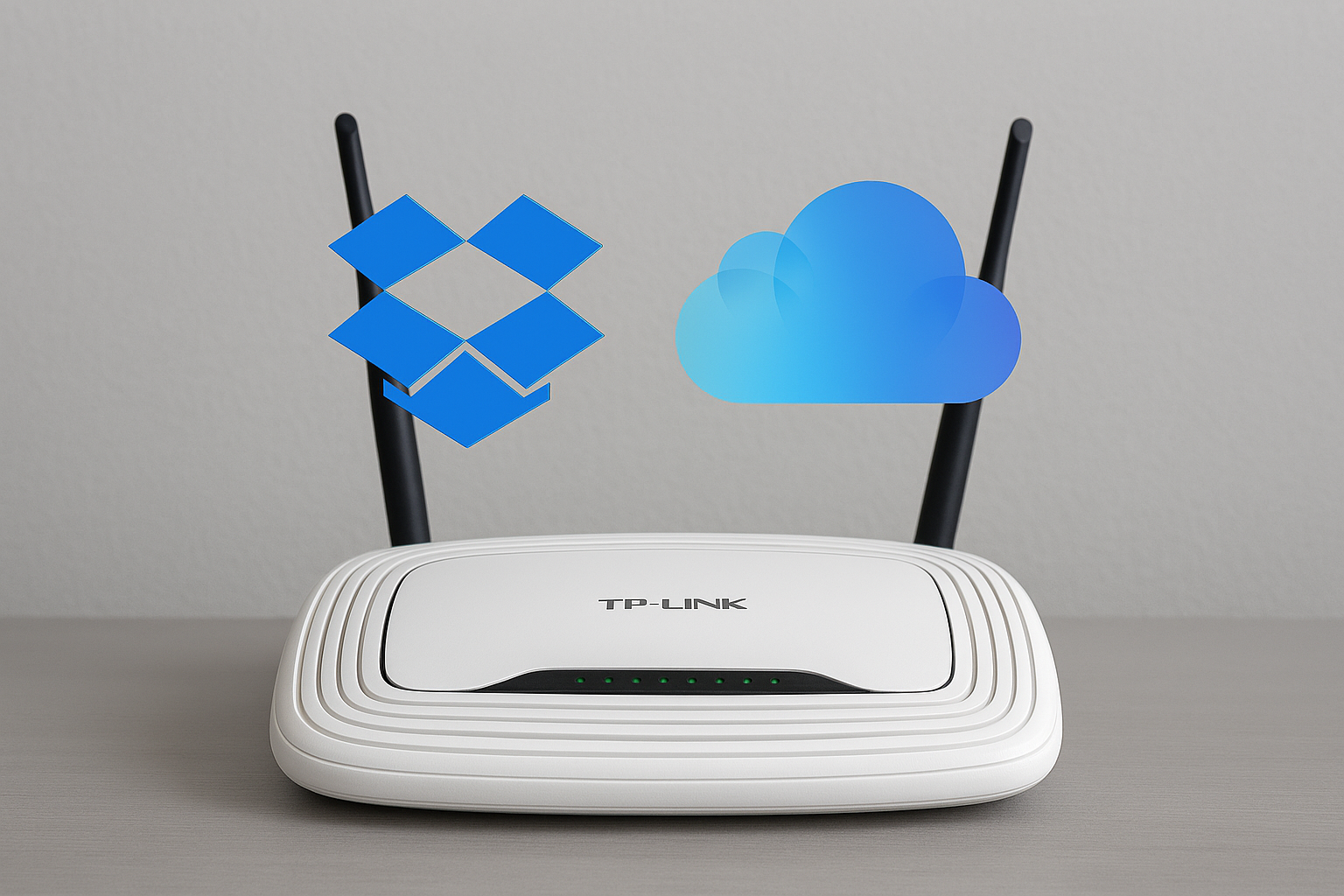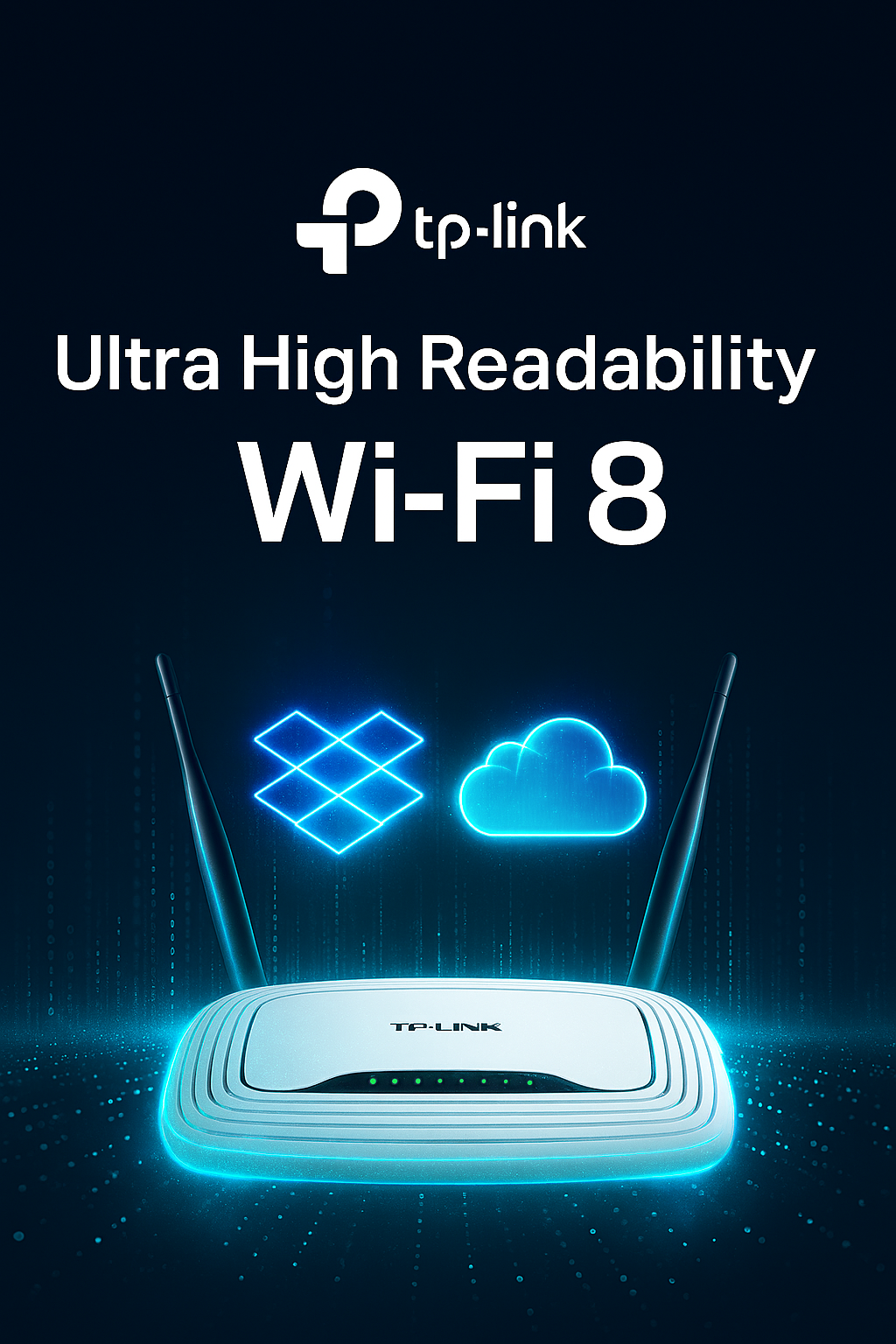In Other News : TP-Link Has Claimed a Significant Breakthrough With Wi-Fi 8
TP-Link, a reputable brand in networking technology, has just announced a significant milestone in the wireless networking industry. The company claims to be the first to successfully test WiFi 8 connectivity — making it officially known as the IEEE 802.11bn wireless standard. While WiFi 7 is still in its early stages of rollout on devices, TP-Link's announcement is an indication that the next generation of wireless connectivity is already taking shape. This breakthrough by TP-Link was achieved through industry collaboration, validating both the WiFi 8 beacon and data throughput, confirming the technology's availability in real-world usage.
Unlike previous Gen wireless iterations, which heavily emphasized raw speed and bandwidth, WiFi is explicitly designed around the concept of what they deemed "Ultra High Readability." Meaning, prioritization is on stable connections, seamless roaming, and consistent performance in crowded spaces —an essential need as homes and offices become saturated with smart devices that use wireless connectivity and devices that use streaming services and cloud-based applications, such as Dropbox and iCloud, to name a few.
The demonstration test by TP-Link proved that WiFi 8 is capable of maintaining data transmission even under demanding conditions.
As of now, the company has yet to release detailed metrics, but has successfully validated core functions — such as beacon signaling and throughput—which suggests that WiFi 8 is more than just theory on paper. Although this is a working prototype, the technology has the potential to shape the backbone of next-generation connectivity. This achievement by TP-Link positions the company as the industry leader in the WiFi 8 standard race, which, by the way, won't be finalized by the IEEE until 2028.
The question that begs answering is, will WiFi 8 be backward compatible with existing devices? Is it capable of handling latency-sensitive applications such as VR, gaming, and streaming? What type of hardware upgrades will be necessary to leverage its reliability-focused architecture fully?
While these questions will be answered in due time, TP-Link's significant announcement is a sign that the future of wireless is already being constructed. You can expect more companies to move forward towards WiFi 8, resulting in a shift in how networks are designed — not just for speed, but for adaptability and seamless usage.






